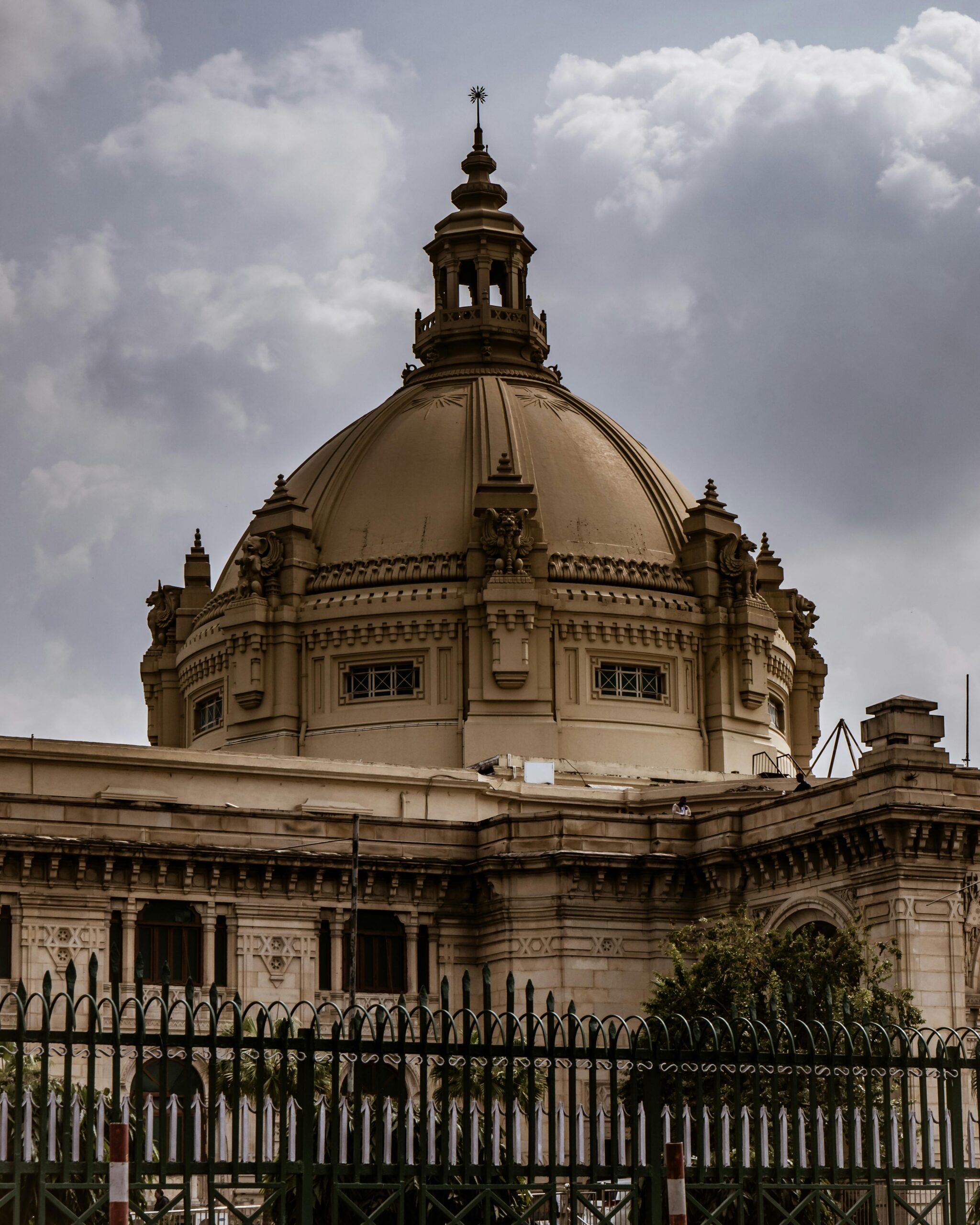
Understanding UP’s Political Philosophy: Power Dynamics and Social Justice
A Complex Interplay of Caste, Religion, and Governance
Uttar Pradesh, India’s most populous state with over 240 million residents (Census 2011), serves as a microcosm of the nation’s political, social, and economic complexities. Its political philosophy reflects the deep interplay of caste, religion, and social justice, shaping the state’s governance and societal structures. From post-independence dominance by traditional elites to the rise of regional powerhouses like the Samajwadi Party (SP) and the Bahujan Samaj Party (BSP), UP’s political evolution is marked by a persistent struggle between power consolidation and equity-driven reforms.
Power Dynamics in Uttar Pradesh
Caste and Politics
- For decades after independence, upper castes like Brahmins and Thakurs dominated the political landscape. Their control over legislative and administrative positions mirrored traditional hierarchies.
- The Mandal Commission Report (1980) and its subsequent implementation brought a seismic shift, empowering Other Backward Classes (OBCs) and Dalits through political mobilization.
- Impact: Parties like the SP and BSP harnessed caste-based support, reshaping power equations. For example, the SP positioned itself as a representative of OBCs, while the BSP championed Dalit empowerment under leaders like Kanshi Ram and Mayawati.
Religion in Electoral Strategies
- The Bharatiya Janata Party (BJP) gained prominence in the 1990s through its association with the Ram Janmabhoomi Movement, cementing its base among Hindus.
- Despite constituting 19% of UP’s population (Sachar Committee Report, 2006), Muslims have seen a decline in direct political representation, often aligning with secular parties like the Congress or SP.
Regional Leadership and Identity
- Leaders like Yogi Adityanath, the current Chief Minister, reflect the increasing importance of regional identity in state politics. Hailing from Eastern UP, his leadership style emphasizes a blend of majoritarian policies and developmental governance.
Social Justice Movements and Their Legacy
Dalit Empowerment and Ambedkarite Philosophy
- The BSP, founded by Kanshi Ram and later led by Mayawati, draws heavily from Dr. B.R. Ambedkar’s visionof equality.
- Policy Highlights: During Mayawati’s tenure as Chief Minister, initiatives like housing schemes for Dalits and land redistribution aimed to address systemic inequities.
- Impact: According to government reports, over 2.5 lakh homes were built for marginalized communities under the BSP’s leadership.
Land Reforms and Agrarian Justice
- Despite post-independence land reform initiatives, inequitable land distribution persists.
- Data: According to the Agricultural Census (2015-16), 85% of landholdings in UP are classified as marginal, with Dalits owning disproportionately less land compared to upper castes.
- Protests: Recent movements against land acquisition for projects like the Ganga Expressway reflect the ongoing tensions between development priorities and farmers’ rights.
Gender Representation
- Mission Shakti, launched by the BJP-led government, aims to empower women through education, safety, and skill development programs.
- Challenge: Despite such efforts, women hold fewer than 15% of legislative seats, highlighting continued underrepresentation in political leadership.
Philosophical Tensions in Governance
Majoritarianism vs. Inclusivity
- The BJP’s emphasis on Hindu nationalism has sparked debates about minority rights and representation. Policies like the Citizenship Amendment Act (CAA) have been criticized for potentially alienating Muslims.
Development vs. Displacement
- Industrial and infrastructure projects, such as the Jewar Airport and Purvanchal Expressway, have prioritized economic growth. However, displacement of marginalized communities and environmental concerns remain unresolved.
- Example: Over 3,000 families were displaced for the Jewar Airport project, with many alleging insufficient compensation (Uttar Pradesh State Revenue Department).
Centralization vs. Grassroots Empowerment
- While state leadership often consolidates power, initiatives like Panchayati Raj offer alternative models of decentralized governance.
Modern Reflections of Power and Justice
Welfare-Oriented Policies
- Schemes like the Pradhan Mantri Awas Yojana (PMAY) and Samagra Shiksha Abhiyan have sought to reduce disparities by providing housing and education to marginalized groups.
- Impact: Over 13 lakh houses were sanctioned under PMAY in Uttar Pradesh by 2023, according to the Ministry of Housing and Urban Affairs.
Youth Engagement
- Digital initiatives like the Digi Shakti Mission have aimed to bridge the digital divide, providing over 50 lakh tablets and smartphones to students and youth for skill development.
- Challenge: Despite these efforts, rural youth remain underrepresented in governance, with many feeling disillusioned by caste and religion-driven politics.
Recommendations for Inclusive Governance
- Strengthen Representation: Implement policies to ensure proportional representation of women and marginalized communities in governance.
- Align Development with Equity: Mandate comprehensive impact assessments for infrastructure projects to address concerns of displacement and inequity.
- Promote Grassroots Democracy: Empower Panchayati Raj institutions to enhance local governance and accountability.
- Foster Social Harmony: Encourage interfaith and intercaste dialogues to reduce divisions driven by identity politics.
Conclusion: Balancing Power and Justice
Uttar Pradesh’s political philosophy reflects the dynamic interplay of tradition, identity, and aspirations for equity. While power often consolidates among dominant groups, movements for social justice and reforms continue to challenge these structures, advocating for a more inclusive society.
By embracing philosophies that balance power with fairness, Uttar Pradesh has the potential to lead in governance while setting an example for inclusive and equitable progress.



